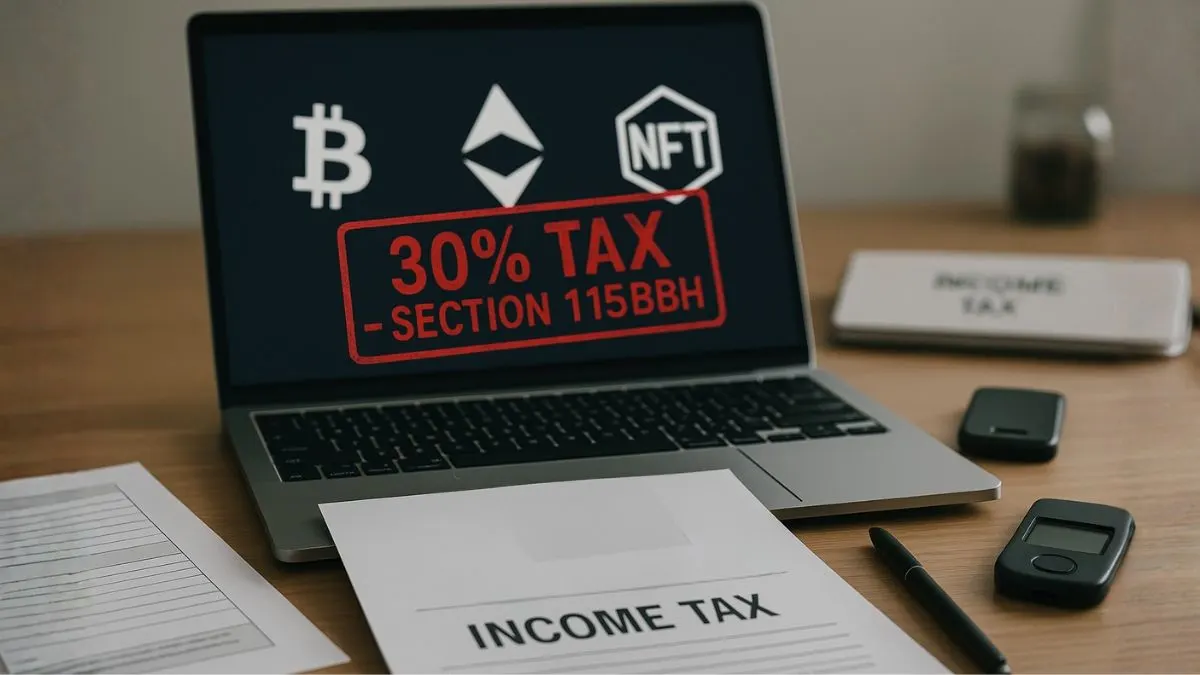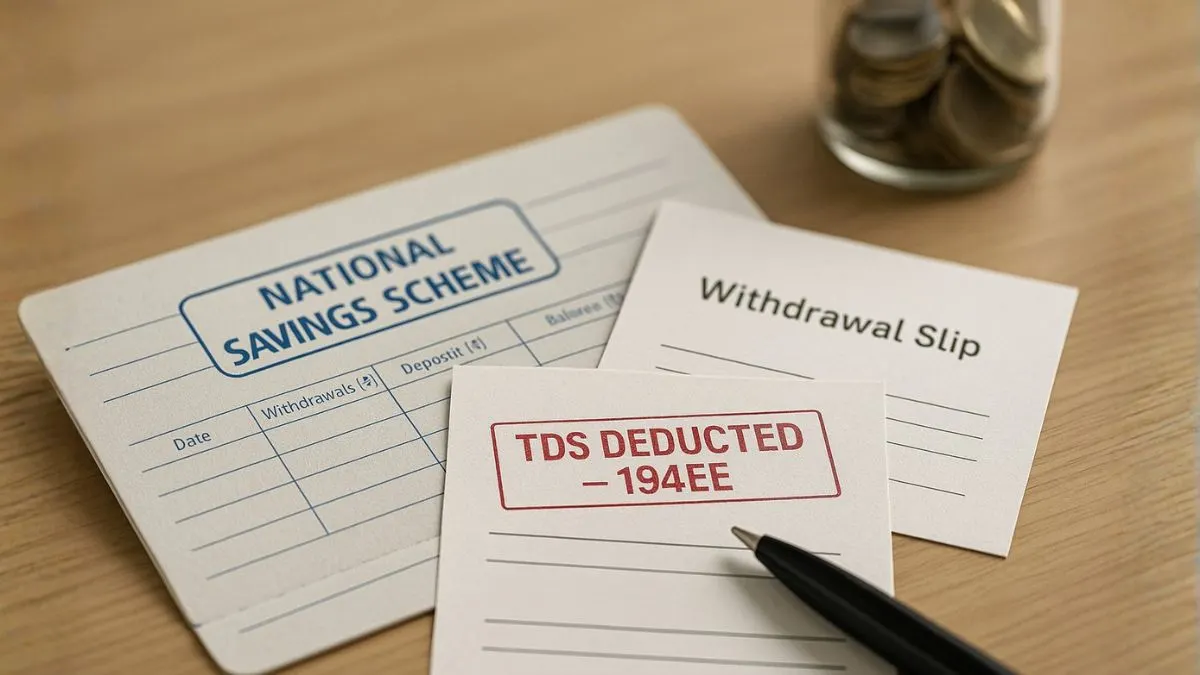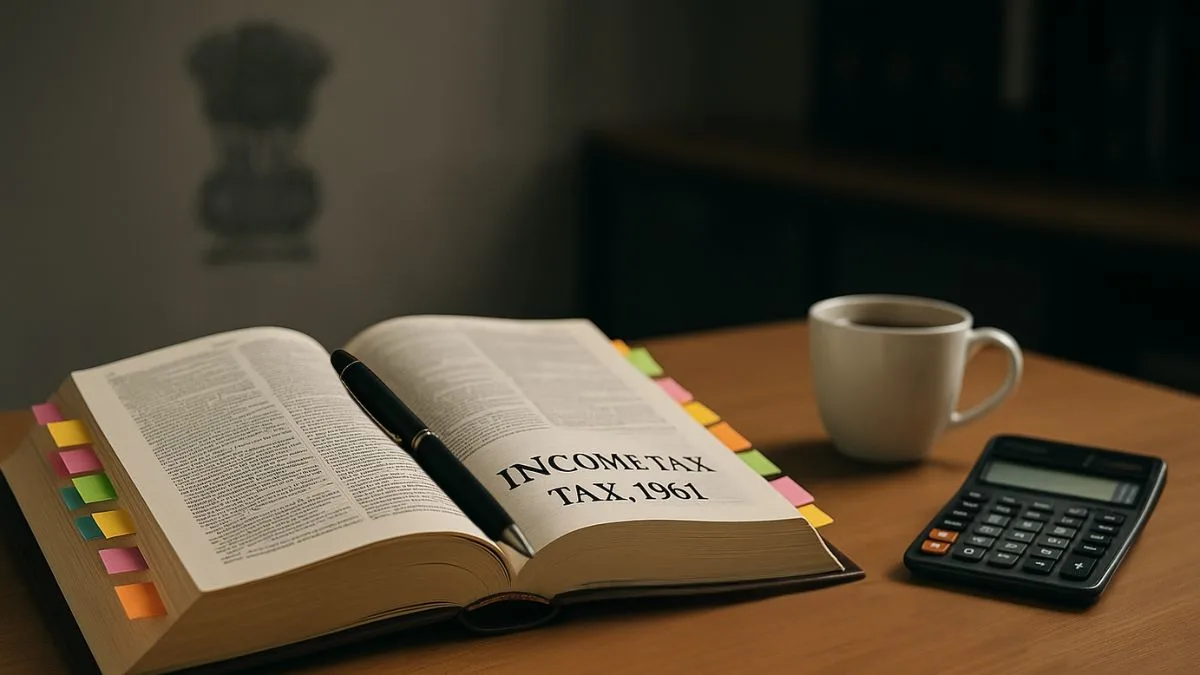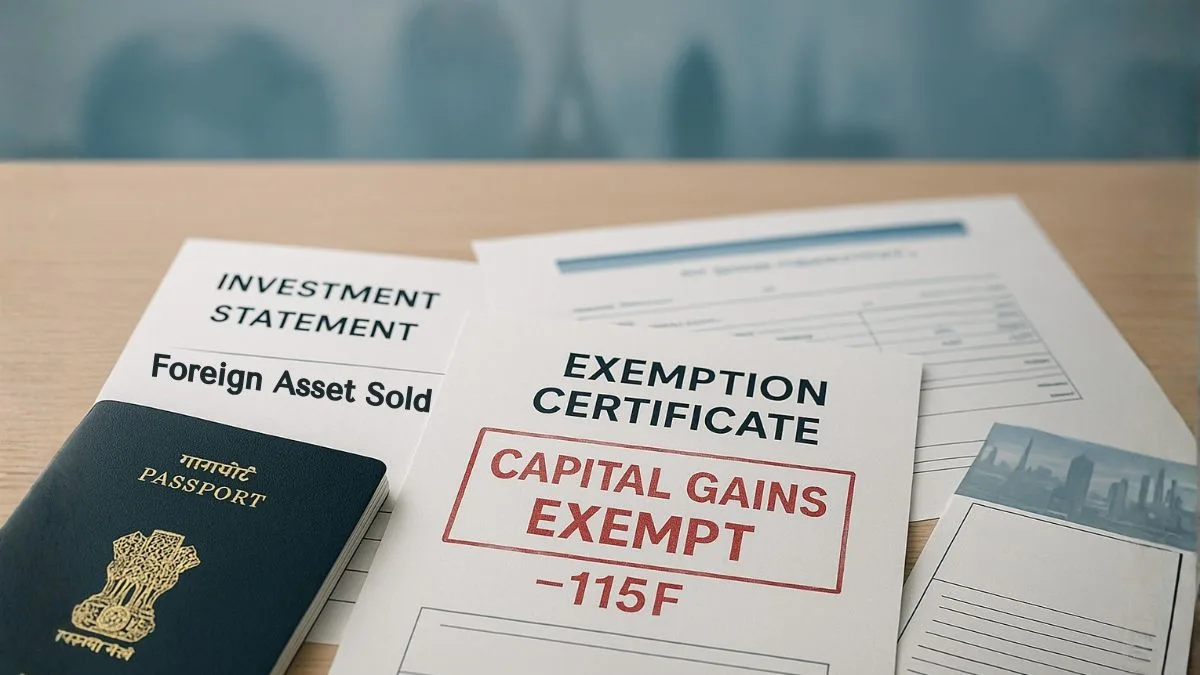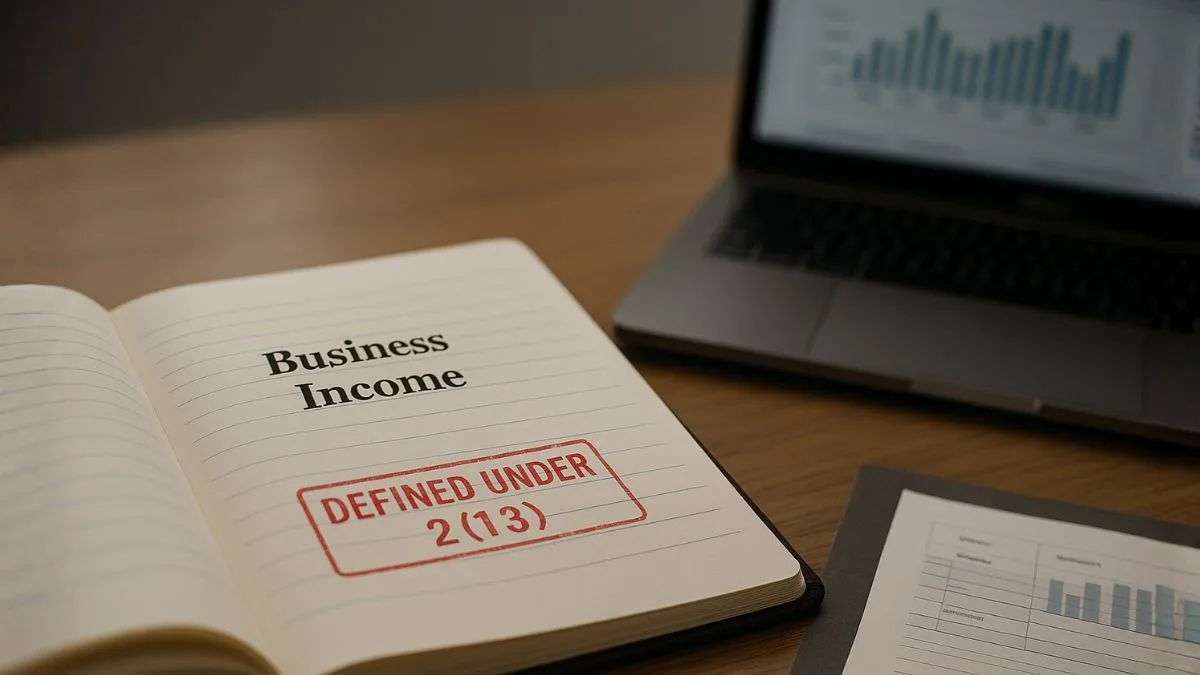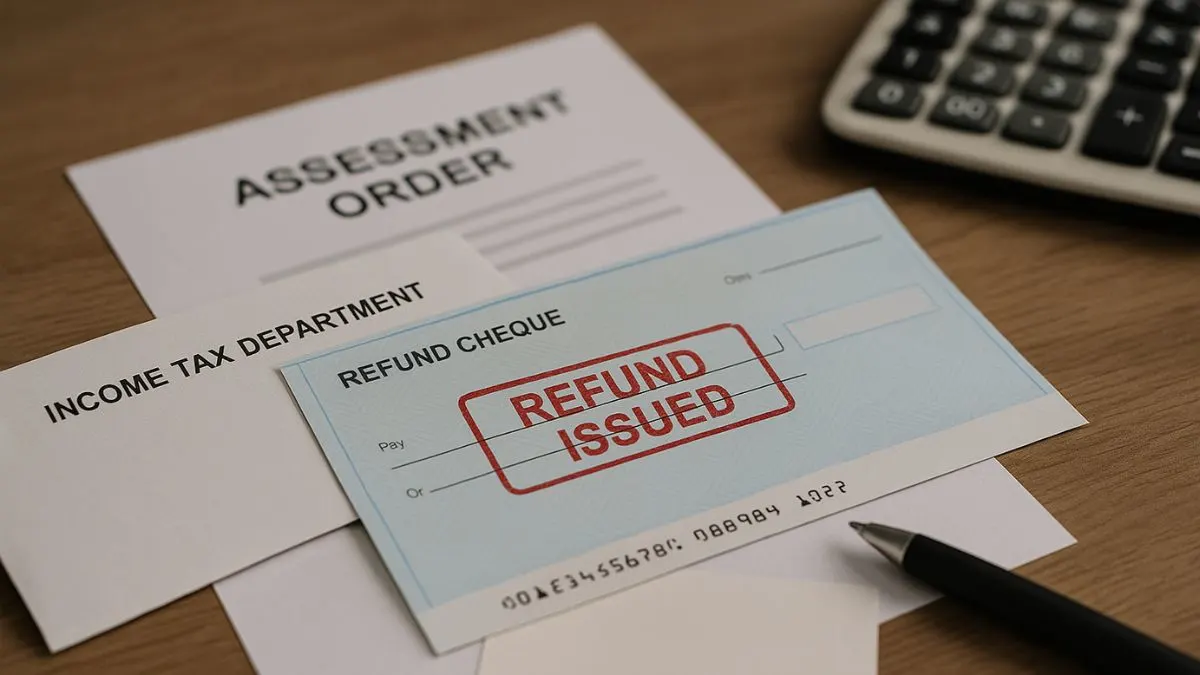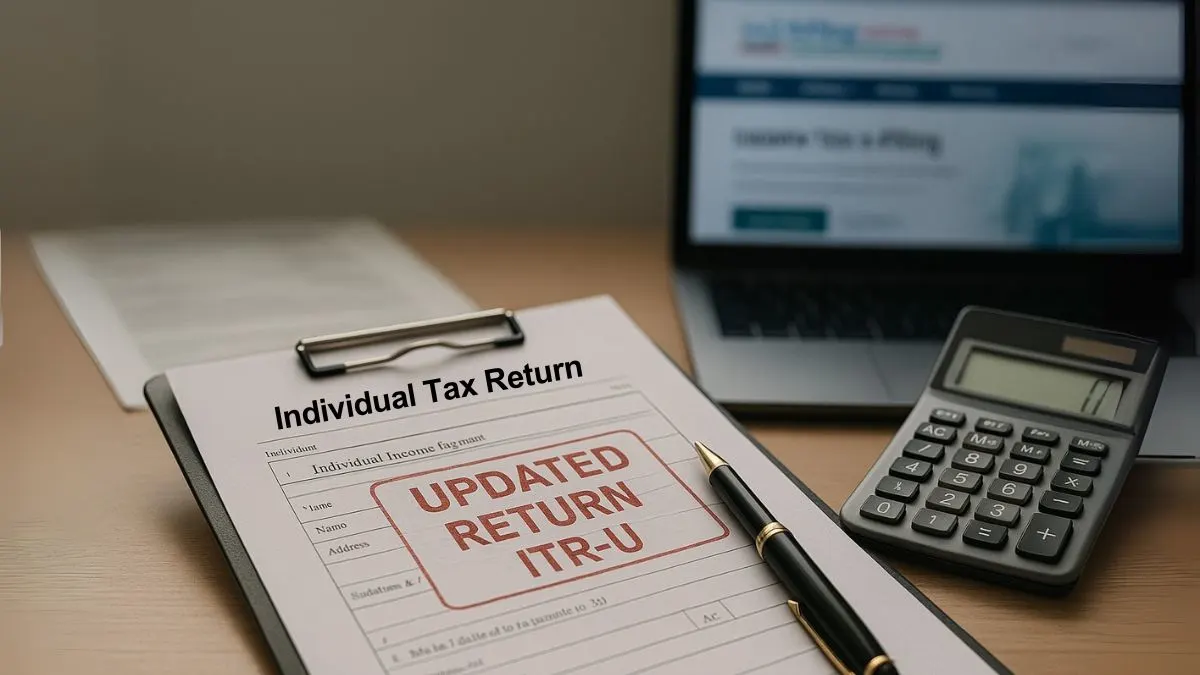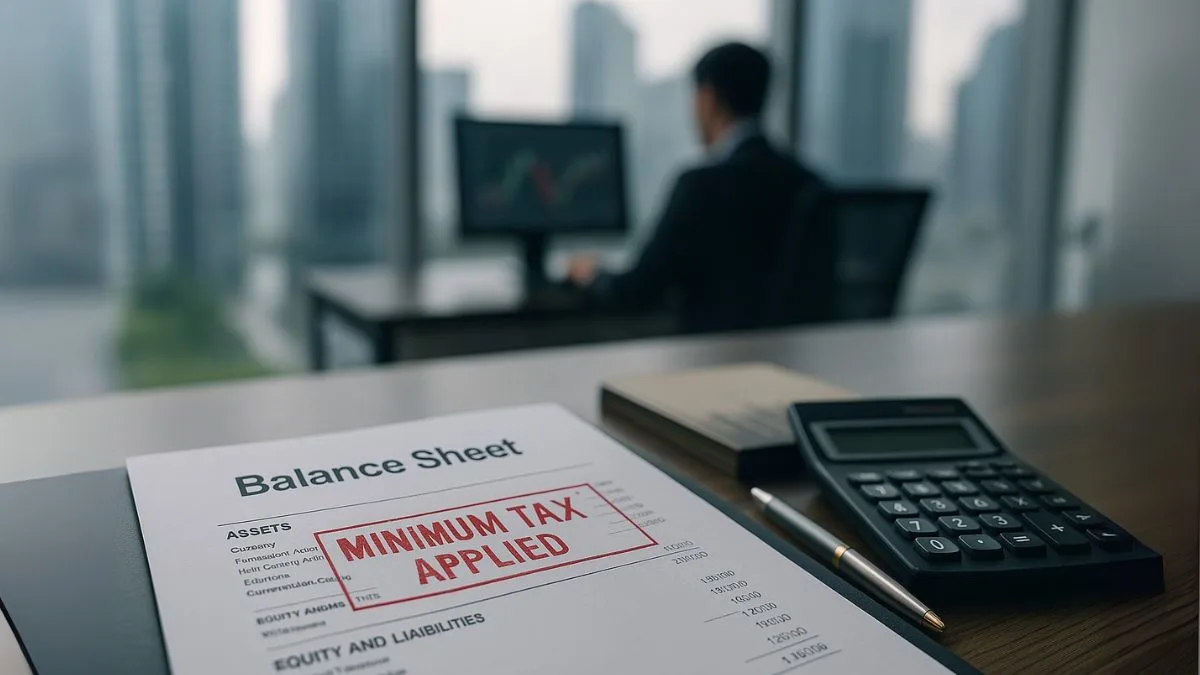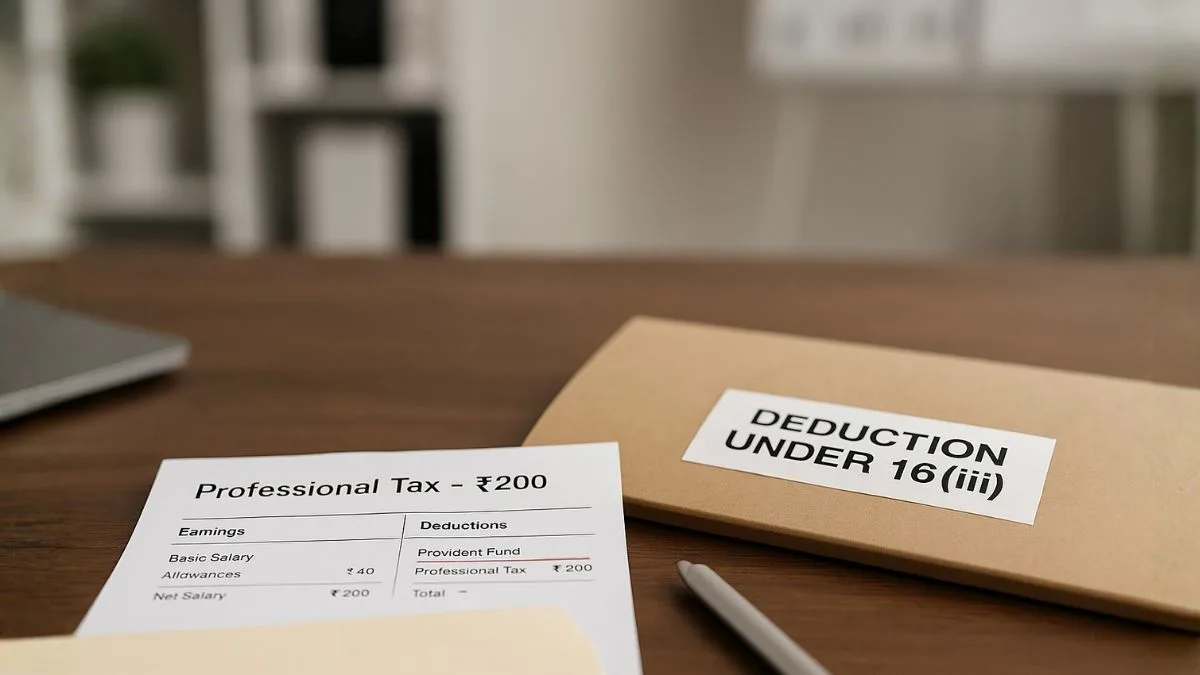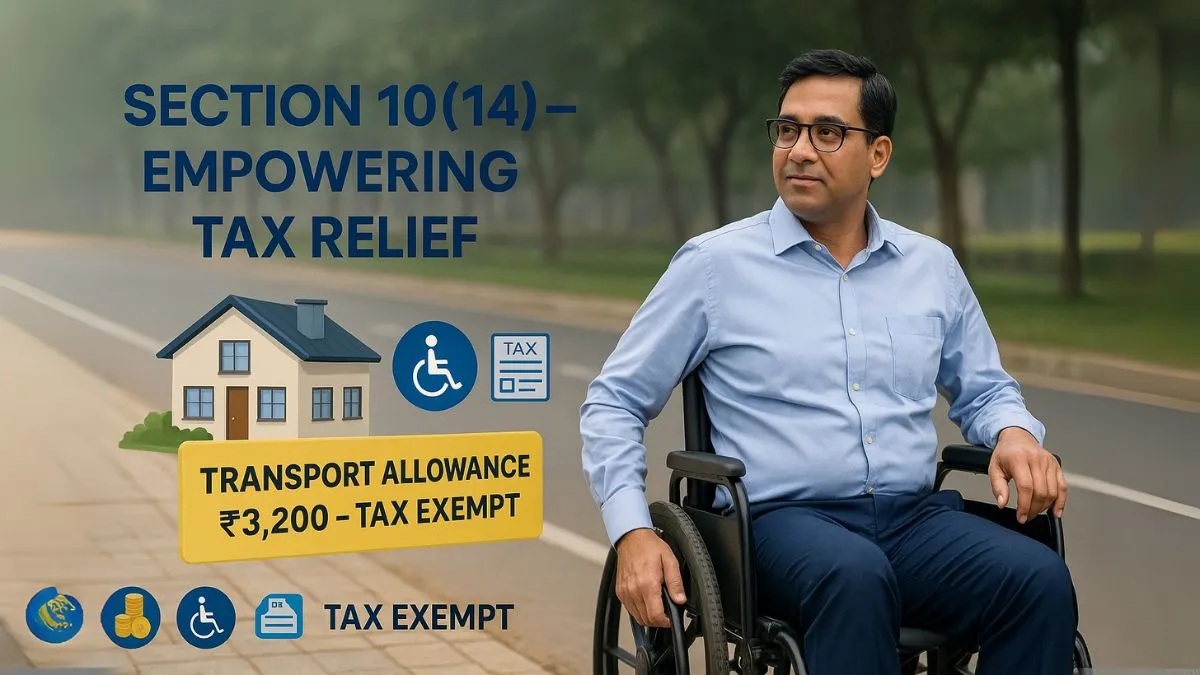
For individuals & families affected by physical disability, the Income Tax Act of India offers important relief in the form of deductions & exemptions. If you're a salaried employee with a physical disability or you are supporting a dependent with a disability, you may be eligible for significant tax benefits under Section 80U & Section 80DD.
But confusion often arises:
- Which income tax section applies?
- What is the exemption limit?
- Is any medical certificate required?
- What qualifies as a disability?
In this blog, we break down the physically handicapped allowance exemption in income tax in a clear, actionable format for FY 2024–25.
What Is the Physically Handicapped Allowance Exemption?
While the term "physically handicapped allowance" is commonly used in informal conversations, the Income Tax Act does not define any allowance by that name. Instead, deductions are available under specific sections based on the disability of the taxpayer or their dependent.
The relevant sections are:
- Section 80U – For individuals with disabilities.
- Section 80DD – For individuals who have a dependent (like a child, spouse, or parent) with a disability.
These sections provide flat deductions, not linked to actual expenses, which simplifies claiming the exemption.
Section 80U: Deduction for Self with Disability
Who can claim?
Resident individuals who themselves are certified as physically disabled or mentally challenged.
Eligible conditions include:
✅ Blindness or low vision
✅ Leprosy-cured individuals
✅ Hearing impairment
✅ Locomotor disability
✅ Mental retardation
✅ Autism, cerebral palsy, multiple disabilities
Amount of deduction under Section 80U:
|
Disability Level |
Deduction Allowed |
|
40% or more (but <80%) |
₹75,000 |
|
Severe disability (≥80%) |
₹1,25,000 |
No need to show actual expenses. Just furnish a valid disability certificate issued by a government medical authority.
Section 80DD: Deduction for Dependent with Disability
Who can claim?
Resident individuals or HUFs who are incurring expenses for the medical treatment, training, or rehabilitation of a dependent with disability.
A dependent could be:
- Spouse
- Children
- Parents
- Siblings (for individuals)"
- Any family member (for HUFs)
Deduction amount under Section 80DD:
|
Disability Level |
Deduction Allowed |
|
40% or more (but <80%) |
₹75,000 |
|
Severe disability (≥80%) |
₹1,25,000 |
Like Section 80U, this is a flat deduction, not linked to actual expenses incurred.
Documents Required to Claim the Deduction
To claim exemption for the physically handicapped allowance under income tax:
1️⃣ Medical Certificate – From a recognized government hospital or medical board.
2️⃣ Form 10-IA – Required in case of severe disabilities like autism or cerebral palsy.
3️⃣ Proof of Expenditure (only for Section 80DD): If you have taken an insurance policy for the disabled dependent under an approved scheme (like LIC Jeevan Aadhar), submit proof of premium paid.
Key Differences Between Section 80U and 80DD
|
Feature |
Section 80U |
Section 80DD |
|
Who is Disabled? |
The taxpayer |
The taxpayer’s dependent |
|
Type of Deduction |
Flat (no expense proof) |
Flat (with expense/insurance) |
|
Amount of Deduction |
₹75,000 / ₹1,25,000 |
₹75,000 / ₹1,25,000 |
|
Supporting Documents Required |
Disability certificate |
Certificate Proof of care |
Common Mistakes to Avoid
❌ Confusing 80U with 80DD – Only one can be claimed, depending on the disability relationship.
❌ Not renewing the disability certificate when required.
❌ Claiming both sections for the same person – Not allowed.
❌ Missing the Form 10-IA when required.
Keywords Used Naturally in the Blog:
- Physically handicapped allowance exemption in the income tax section
- Section 80U for the physically handicapped
- Section 80DD deduction for dependent disability
- Income tax deduction for the handicapped
- Disability allowance exemption
- Income tax exemption for disabled employees
- Section 80U & 80DD difference
- Severe disability income tax deduction
- Disability certificate for income tax
- Tax saving for handicapped individuals
FAQs: Physically Handicapped Exemption in Income Tax
Q1. Can I claim both 80U & 80DD?
No. You can claim either 80U (for self) or 80DD (for dependent), not both for the same person.
Q2. Is the deduction under 80U or 80DD available in the new tax regime?"
No, these deductions are available only under the old tax regime.
Q3. Do I need to spend ₹75,000 to claim a deduction under 80U?
No. It’s a flat deduction, not linked to expenditure.
Q4. What is considered a severe disability?
Any disability with 80% or more severity, such as total blindness, profound deafness, or multiple disabilities.
Q5. Can a salaried person claim this deduction?
Yes, both salaried & self-employed individuals can claim if they meet the eligibility criteria.
Conclusion
If you or your family member is living with a disability, the Income Tax Act offers real support through Section 80U & 80DD. These provisions are designed to ease the financial burden, & claiming them requires only basic documentation—not complex paperwork.
Don’t miss out on these allowances & exemptions for physically handicapped persons. With the right claim, you can reduce your taxable income by up to ₹1.25 lakh every year.
👉 Confused between Section 80U & 80DD? Don’t leave your rightful exemptions unclaimed. Let our experts at Callmyca.com help you file it correctly & get maximum tax savings for physically handicapped exemptions. Book your free consultation today!

